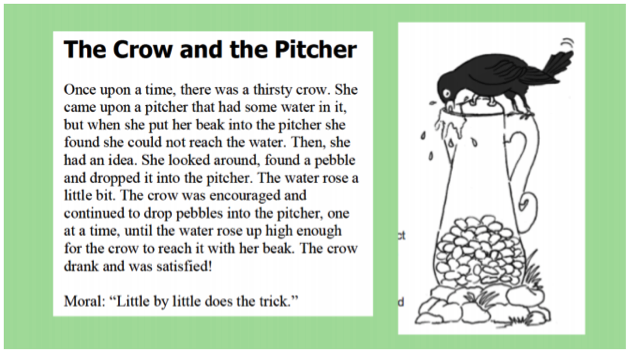Exponent Summary
I am teaching Math 8 for the first time. We are doing Exponent Laws (or Index Laws for us Aussie and UK readers). I really wanted to emphasize why the rules work. I often refer to them as "shortcuts" as I sometimes feel when I use the word "rule" with students it gives them the impression that its the only way to do the problem. I started by "discovering" the rules and seeing a pattern before formalizing the exponent rule.
The next lesson, I needed to finish off the rules (or "shortcuts") that we didn't get to in our first lesson. It was clear from my warm up from the start of the lesson that things were going a bit awry... oh no!!!
I decided to try something new. Quickly threw together a template to summarize the exponent rules. It contains the textbook rule, examples, the rule in words, and an example using expanded form to show how it always works - even if you forget the rule! Not to mention the deeper understanding of why they WORK!!
I filled one in so I could use to show them the end product. I really wanted them to connect with the math so I also got them to colour code the sheet - the textbook rule in green, examples in red, rule in your own words in blue and expanded form in black - as I never underestimate the power of COLOUR!
I set my board up the same way as it was on their sheet and hid the headings under blank A4 sheets and "reveled" them as we went along. My rationale, was not to overwhelm them and turn them off the task. I modeled the first one for them on the board, but them brainstormed as a group the rest. As we went a long I projected my pre-made one by sections as we went along. I understand it contained a lot of information (hence only section by section) and said "if you think theres anything more you want to add then do so, its your sheet not anyone else's. This is just my example and I am someone who like to write out details."
My example is below (bad news is there is a mistake on it - good news is my students spotted it!!!!):
I found we really made progress and the students were a lot more independent. It also made a good reference when they were asking me questions "what do I do here Miss?". It was interesting to see what section each student would naturally go to - the rule, the example, the wording or expanded form for clarification.
The next lesson, I needed to finish off the rules (or "shortcuts") that we didn't get to in our first lesson. It was clear from my warm up from the start of the lesson that things were going a bit awry... oh no!!!
I decided to try something new. Quickly threw together a template to summarize the exponent rules. It contains the textbook rule, examples, the rule in words, and an example using expanded form to show how it always works - even if you forget the rule! Not to mention the deeper understanding of why they WORK!!
I filled one in so I could use to show them the end product. I really wanted them to connect with the math so I also got them to colour code the sheet - the textbook rule in green, examples in red, rule in your own words in blue and expanded form in black - as I never underestimate the power of COLOUR!
I set my board up the same way as it was on their sheet and hid the headings under blank A4 sheets and "reveled" them as we went along. My rationale, was not to overwhelm them and turn them off the task. I modeled the first one for them on the board, but them brainstormed as a group the rest. As we went a long I projected my pre-made one by sections as we went along. I understand it contained a lot of information (hence only section by section) and said "if you think theres anything more you want to add then do so, its your sheet not anyone else's. This is just my example and I am someone who like to write out details."
My example is below (bad news is there is a mistake on it - good news is my students spotted it!!!!):
I found we really made progress and the students were a lot more independent. It also made a good reference when they were asking me questions "what do I do here Miss?". It was interesting to see what section each student would naturally go to - the rule, the example, the wording or expanded form for clarification.




Comments
Post a Comment